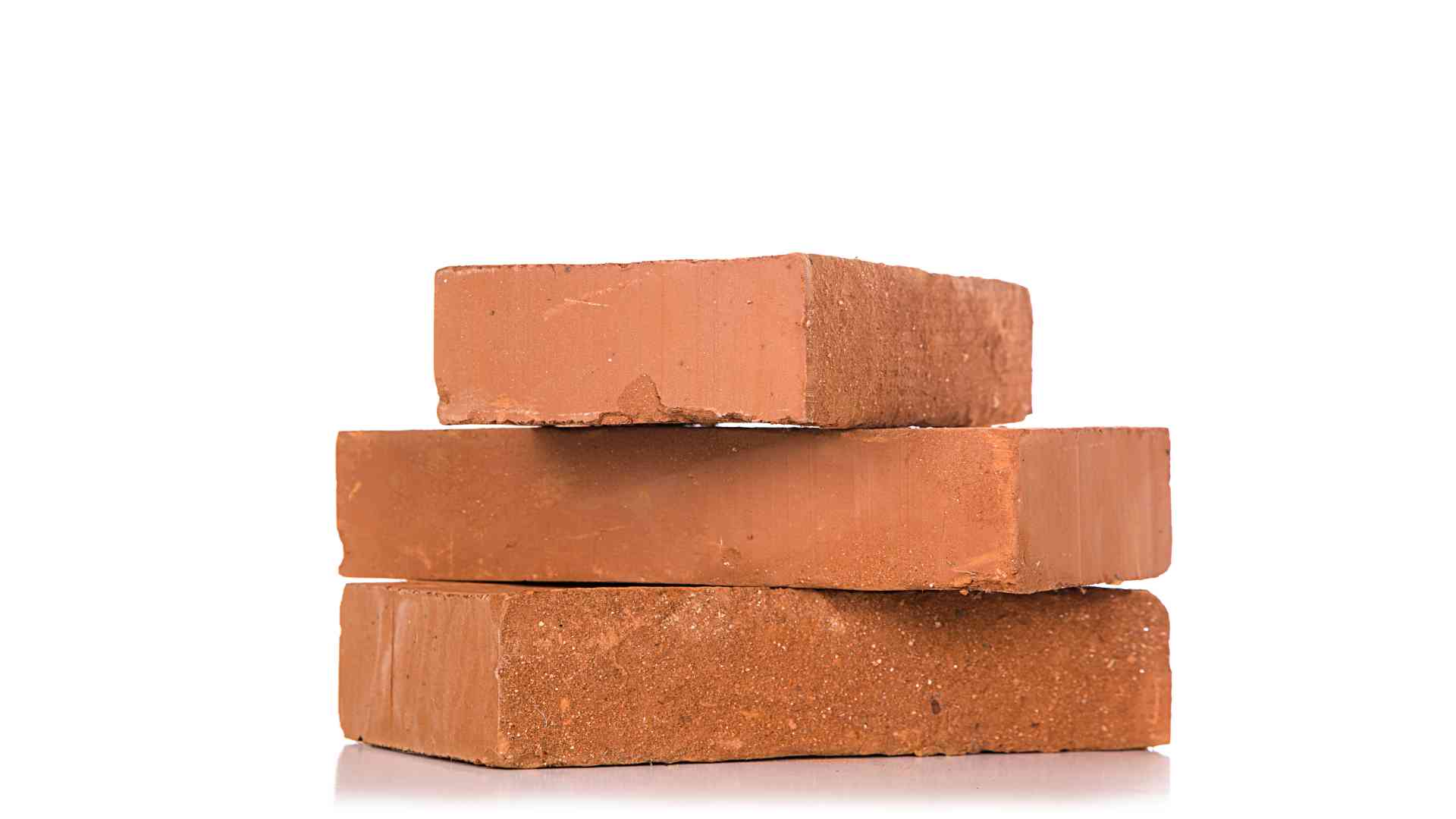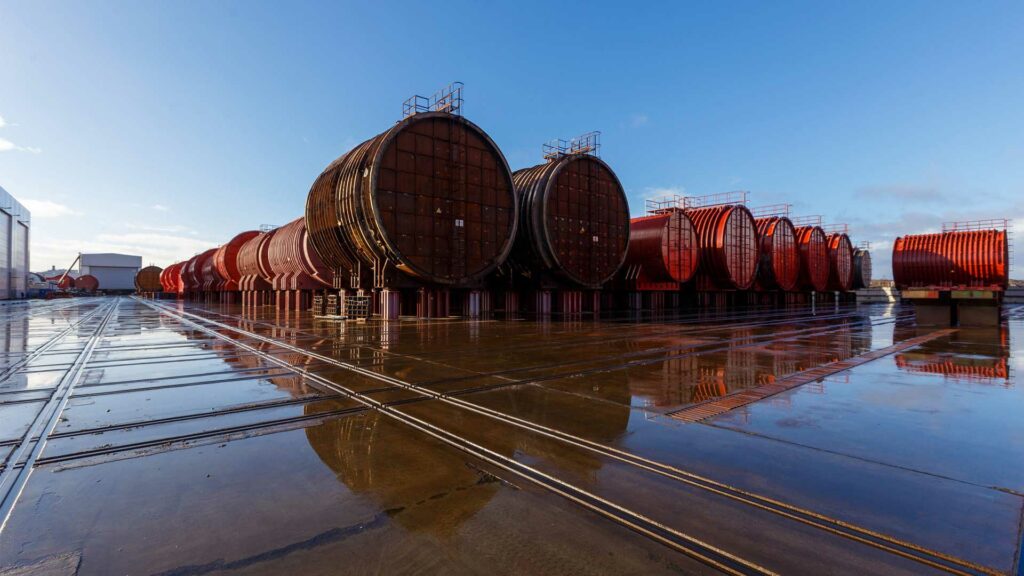Red Brick Production From Boron Waste
Red Brick made from boron waste is a game-changers in the world of construction. Not only do they provide superior strength and durability compared to traditional bricks, but their production process is more affordable and significantly reduces pollution caused by mining operations.

Red Brick
Recycling Boron Waste in the Construction Industry
Recycling boron waste is an essential process for reducing the environmental impact of industrial production. By recycling boron-containing solid wastes, it is possible to produce a variety of construction materials with improved physical and mechanical performance.
For example, boron waste can be used to produce ceramic tiles, composite materials, and heavy clay ceramics to create products with greater density and strength than traditional building materials.
Furthermore, when recycled boron is combined with other components in these materials, its properties help to reduce the cost of production while providing superior performance characteristics. As such, it can also result in reduced energy consumption during manufacturing processes and increased durability and sustainability over time.
With its versatile use in a variety of construction materials, the recycling of boron waste has become an essential part of green building efforts. It is also a reliable way for mining companies to reduce their environmental footprint and adhere to sustainability standards.
How does Boron Waste Work as an Additive in Red Brick?
Red bricks made from boron mine waste have the advantage of improved strength due to the presence of a borate fluxing agent. The lower melting temperatures associated with a higher borate content allow for increased sintering and densification, resulting in more substantial red brick structures.
Using boron waste from Eti Kirka Boron Works in Turkey, researchers investigated how adding different ratios into clay mixtures could improve building materials.
Samples were formed with varying levels of boron waste and fired at 800°C and 900°C to see how they would affect red brick’s physical, mechanical, and firing properties. Data was collected on three-point bending tests, water absorption, porosity, bulk density, and the SEM microstructures of selected samples.
The findings ultimately showed that adding a ratio of 20% boron waste improved the physical and mechanical properties significantly compared to other tested ratios. It demonstrates success in finding ways to repurpose boron byproducts for new uses in structural building materials.
Benefits of Additives in Red Brick
Additives are an essential component in achieving a solid red brick. They offer the ability to reduce the amount of total water required while also providing an opportunity to add strength and stability to a clay body. These additives can either be added directly or through replacement materials, such as ball clay or bentonite, which provide many of the same characteristics.
When these additives are added, they absorb onto the clay platelets creating a negative charge that lowers resistance when mixing, thus making it easier for pug mill rollers and mixer blades to move through the mixture.
This, in turn, helps decrease process time and energy consumption when making large batches of clay. Additionally, by introducing certain substances like boron waste help to increase the clay body’s strength.
Not only does modifying or replacing the ball clay/bentonite component offer a more cost-effective solution for creating robust bricks, but it also provides greater control over the finished product’s composition.
By tweaking the formula with certain additives and materials, manufacturers can improve the brick’s overall quality while also reducing its environmental impact.
Overall, utilizing these additives offers a unique opportunity to create high-quality brick while minimizing costs. It is an important part of achieving consistent and reliable outcomes that meet customers’ needs.
With this in mind, it is important for manufacturers to consider all potential options when selecting an additive or replacement material in their production process.
Red Brick is in High Demand
The construction industry is expected to witness an increase in demand for red brick due to rising construction activities. This is attributed to ongoing urbanization, rapid industrial expansion, and government infrastructure projects.
Furthermore, improved living standards have resulted in people looking for better living spaces, which will further drive the growth of the brick market during the forecast period. This trend is anticipated to spur product demand in the coming years.
However, due to the COVID-19 pandemic, many countries face unfavorable conditions that could hinder the growth of this market. This includes slowdowns in economic activity and supply chain disruption resulting from inadequate labor availability and restrictions on transportation imposed by governments across regions. Despite these factors, it is expected that the red brick market will continue to grow at a steady pace between 2022 and 2028.





